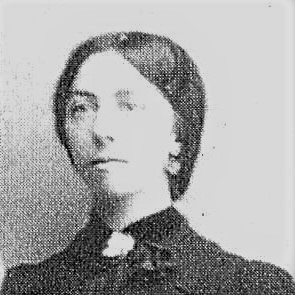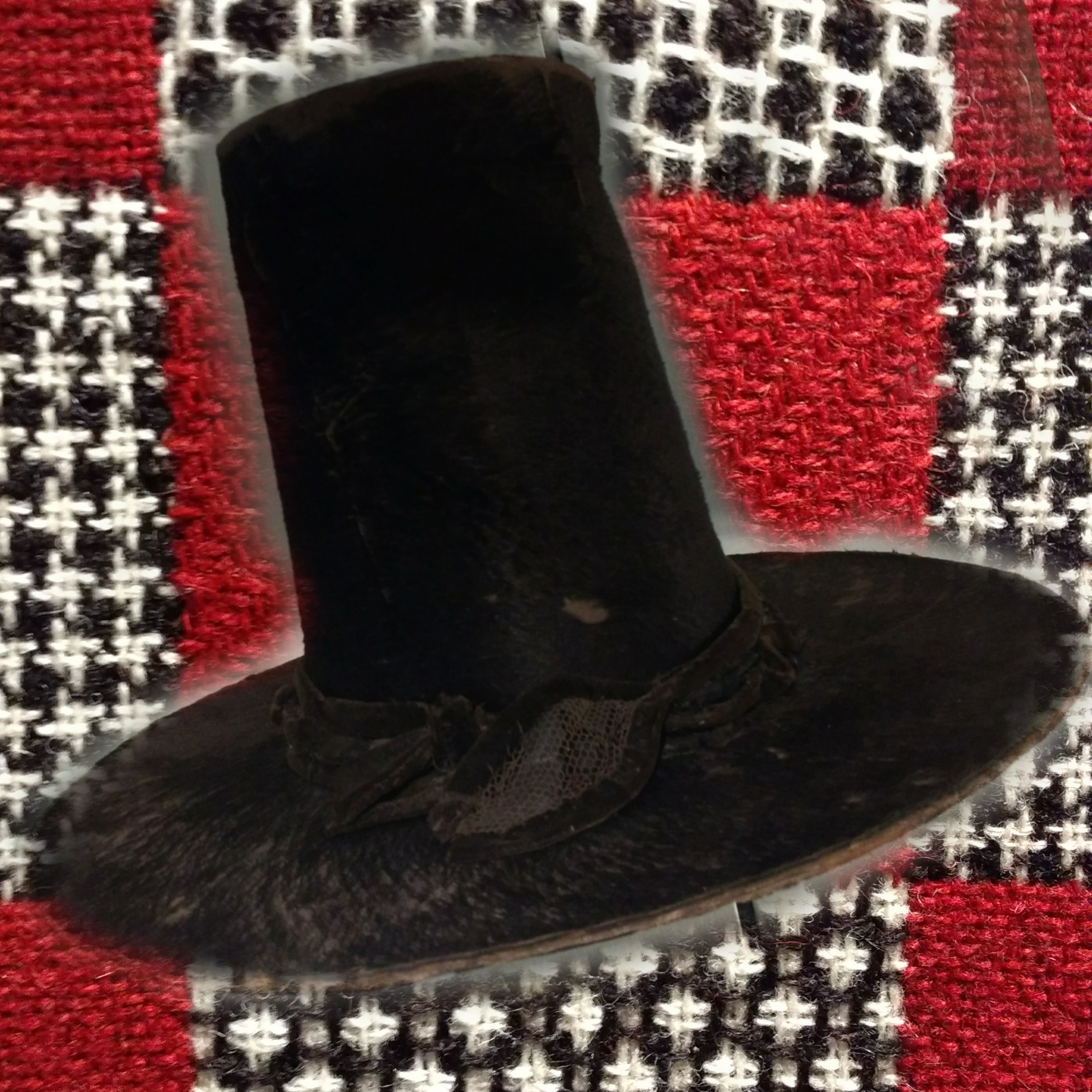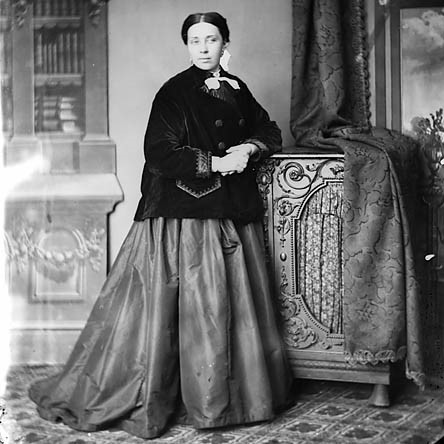Katherine Philips
Katherine Fowler was born on 1st January 1632 and came to live in Pembrokeshire during her late teens, when her mother married a wealthy baronet and they were able to live in a castle liberated from Cavalier forces.
In August 1648, Katherine married James Philips, a widower, who was 38 years her senior. He went on to achieve political power and prosperity over the next decade and the couple settled in Cardigan where Katherine initially lived in obscurity. However, by 1651, she was beginning to achieve recognition as a poet when her work was advocated by the Welsh metaphysical poet Henry Vaughan in his Olar Icansus. Furthermore, her poem in commemoration of playwright William Cartwright was published in his Comedies, Tragi-Comedies.
Katherine (known also by her Nom de Plume The Matchless Orinda) had been writing since her childhood in boarding school and was fluent in several languages. She turned against her family’s puritanical leanings and became a royalist and member of the Church of England. At her home in Cardigan, ‘Orinda’ became a central figure in a Society of Friendship, where other members adopted similarly romantic pseudonyms and explored the nuances of love through both their work and intimate relationships with one another.
Despite maintaining the conventional facade of heterosexual marriage, Katherine wrote of her dissatisfaction with the relationship in a handwritten poem to Anne Barlow of Slebech:
‘ A marryd state affords but little ease
The best of husbands are so hard to please…
be advised by me:
Turn, turn apostate to love’s Levity’.
Although wealthy, highly respected and successful, Katherine was not free to express her sexuality openly and her life was tainted with tragedy. In 1655 she gave birth to a son who lived for less than two weeks, and her daughter had 16 children of her own, of which only one survived. Nevertheless, she remained a prolific and celebrated writer throughout her life and expressed her turmoil in her art. In her poem Dialogue betwixt Lucasia and Rosania she laments through the voice of Lucasia:
‘…when crumbled into dust
We shall meet and love forever’.
In 1662, Katherine travelled to Dublin to claim Irish estates on behalf of her husband. While there, she worked on a translation of Corneille’s Mort de Pompee which cemented her fame and ensured that in January 1644, her first full-length collection of original poetry was published.
While lauded by poets including Dryden and Keats, Katherine Philips’ main legacy is arguably her quest to forge her own career and system of beliefs separate from those of her husband and family. Furthermore, her poetry resolutely celebrates female experiences, relationships and love at a time when the mainstream literary canon was dominated by male ideology.
She died on 22nd June 1664 and her legacy concludes:
‘…let’s prove
There’s a religion in our Love’.
Ganed Katherine Fowler ar 1 Ionawr 1632 a daeth i fyw yn Sir Benfro yn ystod ei harddegau hwyr, pan briododd ei mam farwnig cyfoethog, ac roeddent yn gallu byw mewn castell a ryddhawyd o ddwylo lluoedd y Brenhinwyr.
Fis Awst 1648, priododd Katherine â James Philips, gŵr gweddw, oedd yn 38 mlynedd yn hŷn na hi. Aeth James ymlaen i sicrhau pŵer gwleidyddol a ffyniant dros y degawd nesaf ac ymgartrefodd y cwpwl yn Aberteifi lle roedd Katherine yn byw o olwg y byd ar y dechrau. Fodd bynnag, erbyn 1651, roedd hi’n dechrau ennill cydnabyddiaeth fel bardd pan gafodd ei gwaith ei hyrwyddo gan y bardd metaffisegol Cymreig Henry Vaughan yn ei Olar Icansus. Ar ben hynny, cafodd ei cherdd i goffáu’r dramodydd William Cartwright ei chyhoeddi yn ei Comedies, Tragi-Comedies.
Roedd Katherine (a adwaenir hefyd gan ei henw barddol ‘The Matchless Orinda’) wedi bod yn ysgrifennu ers ei phlentyndod mewn ysgol breswyl ac roedd yn rhugl mewn sawl iaith. Trodd yn erbyn ffordd biwritanaidd ei theulu o fyw a daeth yn frenhinwraig ac yn aelod o Eglwys Loegr. Yn ei chartref yn Aberteifi, daeth ‘Orinda’ yn ffigwr canolog yn y Gymdeithas Cyfeillgarwch, lle’r oedd aelodau eraill yn mabwysiadu ffugenwau rhamantus tebyg ac yn dathlu cariad Platonaidd drwy eu gwaith a’u perthnasoedd â’i gilydd.
Er ei bod yn gyfoethog, yn uchel ei pharch ac yn llwyddiannus, nid oedd bywyd Katherine heb ei drasiedi. Yn 1655, esgorodd ar fab fu byw am lai na phythefnos, ac roedd ei merch wedi geni 16 o blant, ond dim ond un ohonynt a oroesodd. Serch hynny, parhaodd yn ysgrifennwr toreithiog a chlodwiw drwy gydol ei hoes.
Yn 1662, teithiodd Katherine i Ddulyn i hawlio ystadau yn Iwerddon ar ran ei gŵr. Tra yno, bu’n gweithio ar gyfieithiad o waith Corneille Mort de Pompee oedd wedi cadarnhau ei henwogrwydd a sicrhau bod ei chasgliad llawn cyntaf o farddoniaeth wreiddiol yn cael ei gyhoeddi fis Ionawr 1644.
Er ei bod yn cael ei chanmol gan feirdd megis Dryden a Keats, gellir dadlau mai prif waddol Katherine Philips yw ei hymdrech i greu ei gyrfa ei hun a system o gredoau ar wahân i rai’r gŵr a’i theulu. Ar ben hynny, mae ei barddoniaeth yn dathlu cyfeillgarwch a chariad rhwng menywod ar adeg pan nad oedd hynny yn cael ei ystyried yn berthnasol mewn llenyddiaeth. Bu farw ar 22 Mehefin 1664.
Twice forty moneths in wedlock I did stay,
Then had my vows crown’d with a lovely boy.
And yet in forty days he dropt away;
O! swift vicissitude of humane joy!
I did but see him and he disappear’d,
I did but touch the rose=bud, and it fell;
A sorrow unfore=seen and scarcely fear’d,
Soe ill can mortalls their afflictions spell.
With thanks to Terry John.





